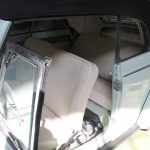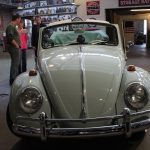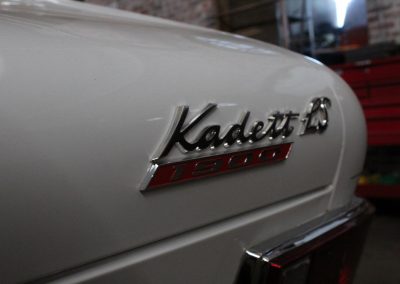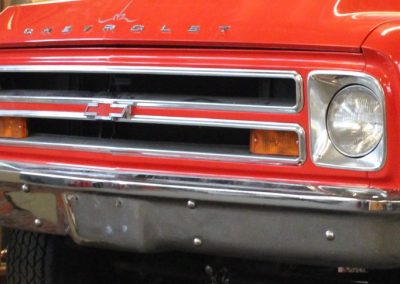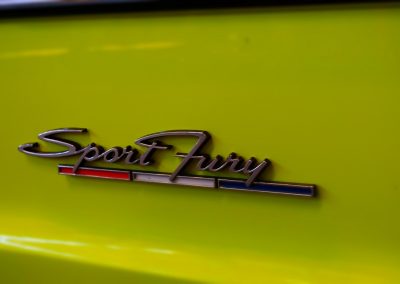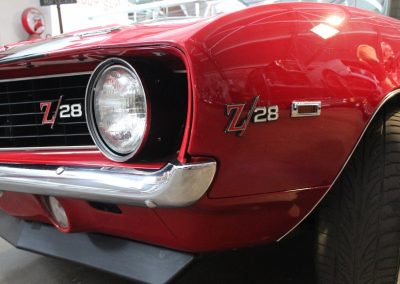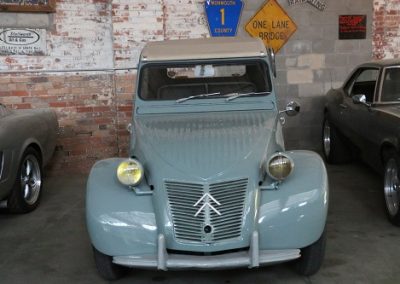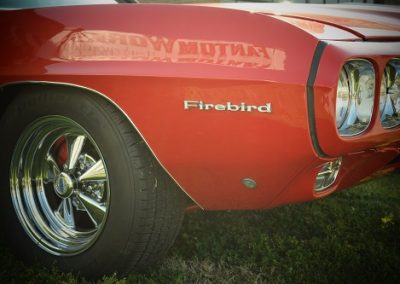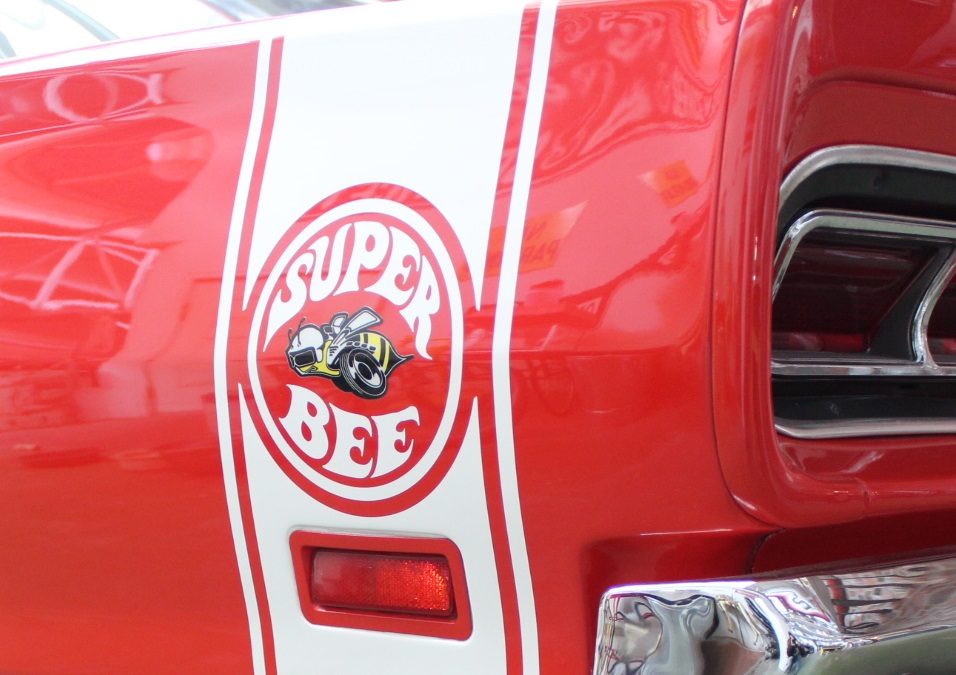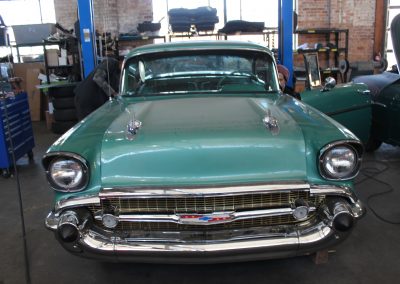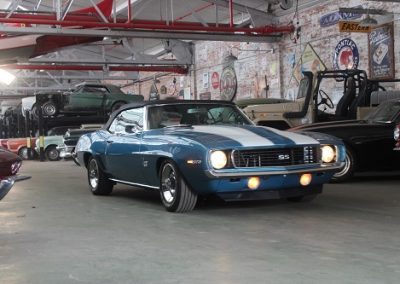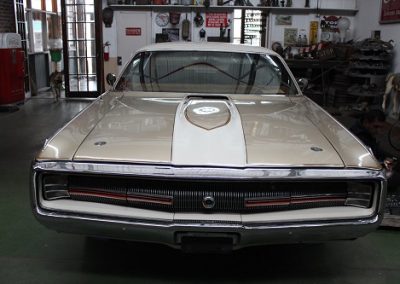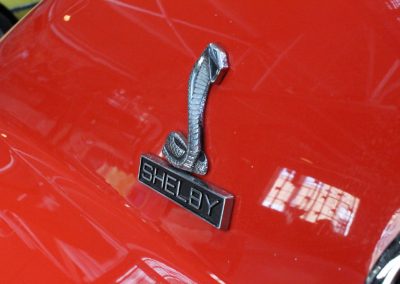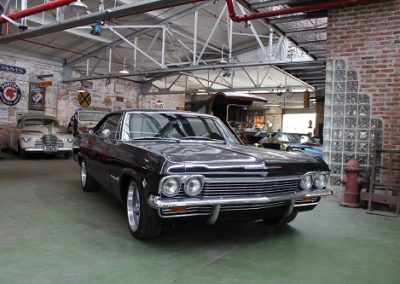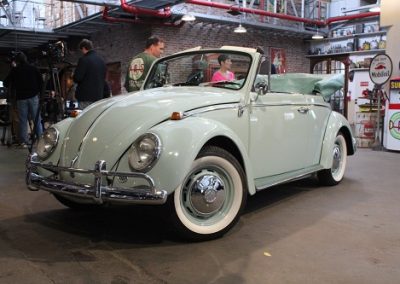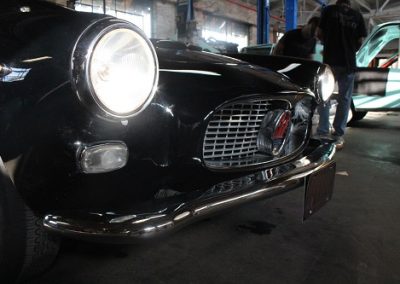1966 Volkswagen Beetle

As seen on Season Five of FantomWorks
Owner Insight:
Explore the Project Galleries
Arrival
Disassembly
Strip & Metal Fab
Body and Paint
Trim and Detail
Finish
The Volkswagen Beetle – officially the Volkswagen Type 1, informally in Germany the Käfer (German, “beetle”) and in parts of the English-speaking world the Bug – is a two-door, four passenger, rear-engine economy car manufactured and marketed by German automaker Volkswagen (VW) from 1938 until 2003.
The need for this kind of car, and its functional objectives, was formulated by the leader of Nazi Germany, Adolf Hitler, who wanted a cheap, simple car to be mass-produced for his country’s new road network. Hitler contracted Ferdinand Porsche in 1934 to design and build it. Porsche and his team took until 1938 to finalize the design. The influence on Porsche’s design of other contemporary cars, such as the Tatra V570 and the work of Josef Ganz remains a subject of dispute. The result was one of the first rear-engined cars since the Brass Era. With 21,529,464 produced, the Beetle is the longest-running and most-manufactured car of a single platform ever made.
The Beetle featured a rear-located, rear-wheel drive, air-cooled four-cylinder, boxer engine in a two-door bodywork featuring a flat front windscreen, accommodating four passengers and providing luggage storage under the front bonnet and behind the rear seat – and offering a coefficient of drag of 0.41; to this relatively good CD, the also streamlined rear of car was of help. The bodywork attached with eighteen bolts to its nearly flat chassis which featured a central structural tunnel. Front and rear suspension featured torsion bars along with front stabilizer bar – providing independent suspension at all wheels. Certain initial features were subsequently revised, including mechanical drum brakes, split-window rear windows, mechanical direction-indicators and the non-synchronized gearbox. Other features, including its distinctive overall shape, endured. In fact, the Beetle was prized for its seemingly unchanged appearance and “marketed to American consumers as the anti-GM and Ford: ‘We do not believe in planned obsolescence. We don’t change a car for the sake of change.'”
Its engine, transmission, and cylinder heads were constructed of light alloy. An engine oil cooler (located in the engine fan’s shroud) ensured optimal engine operating temperature and long engine life, optimized by a thermostat that bypassed the oil cooler when the engine was cold. Later models of the carburetor featured an automatic choke. Engine intake air passed through a metallic filter, while heavier particles were captured by an oil bath. After 1960, steering featured a hydraulic damper that absorbed steering irregularities.
Indicative of the car’s utilitarian design, the interior featured painted metal surfaces, a metal dash consolidating instruments in a single, circular binnacle, adjustable front seats, a fold-down rear seat, optional swing-out rear windows, front windows with pivoting vent windows, heating via air-to-air exchange manifolds operating off the engine’s heat, and a windshield washer system that eschewed the complexity and cost of an additional electric pump and instead received its pressurization from the car’s spare tire (located in the front luggage compartment) which was accordingly overinflated to accommodate the washer function.
Throughout its production, VW marketed the Beetle with a four-speed manual transmission. From 1961 (and almost exclusively in Europe), VW offered an optional version of the Saxomat semi-automatic transmission: a regular 4-speed manual transaxle coupled to an electromagnetic clutch with a centrifugal clutch used for idle. Subsequently, (beginning in 1967 in Europe and 1968 in the United States), VW offered an optional semi-automatic transmission (marketed as Automatic Stick Shift and also called AutoStick), which was a 3-speed manual coupled to an electro-pneumatic clutch and torque converter.
While the overall appearance of the Beetle changed little over its life span, it received over 78,000 incremental changes during its production.
For 1966, the big news was an optional new 1300cc 50 hp (37 kW; 51 PS) engine in lieu of the previous 1200cc engine that had been the sole engine since 1954. Models so equipped carried a “1300” badge on the engine lid. The 1300cc engine was standard for North America. This model year also had slotted wheels designed to assist in brake cooling.


